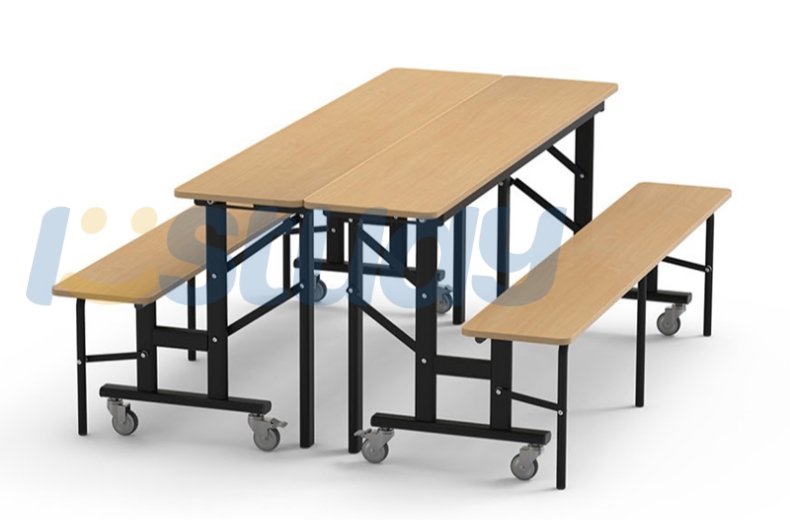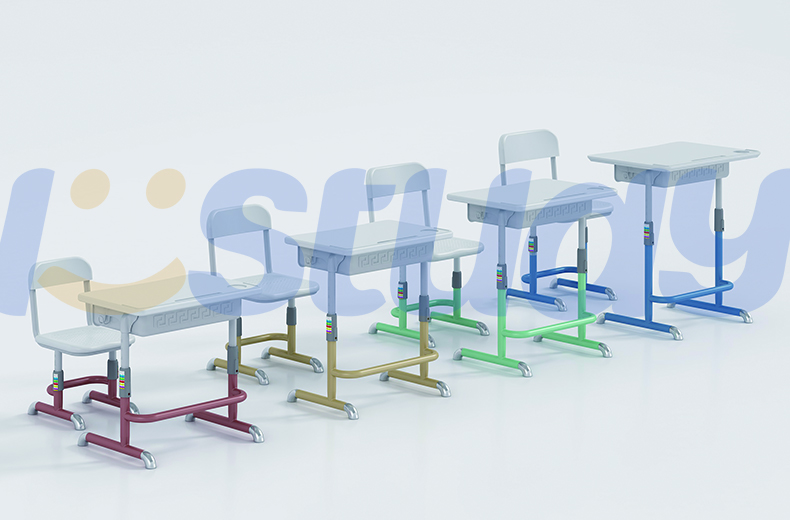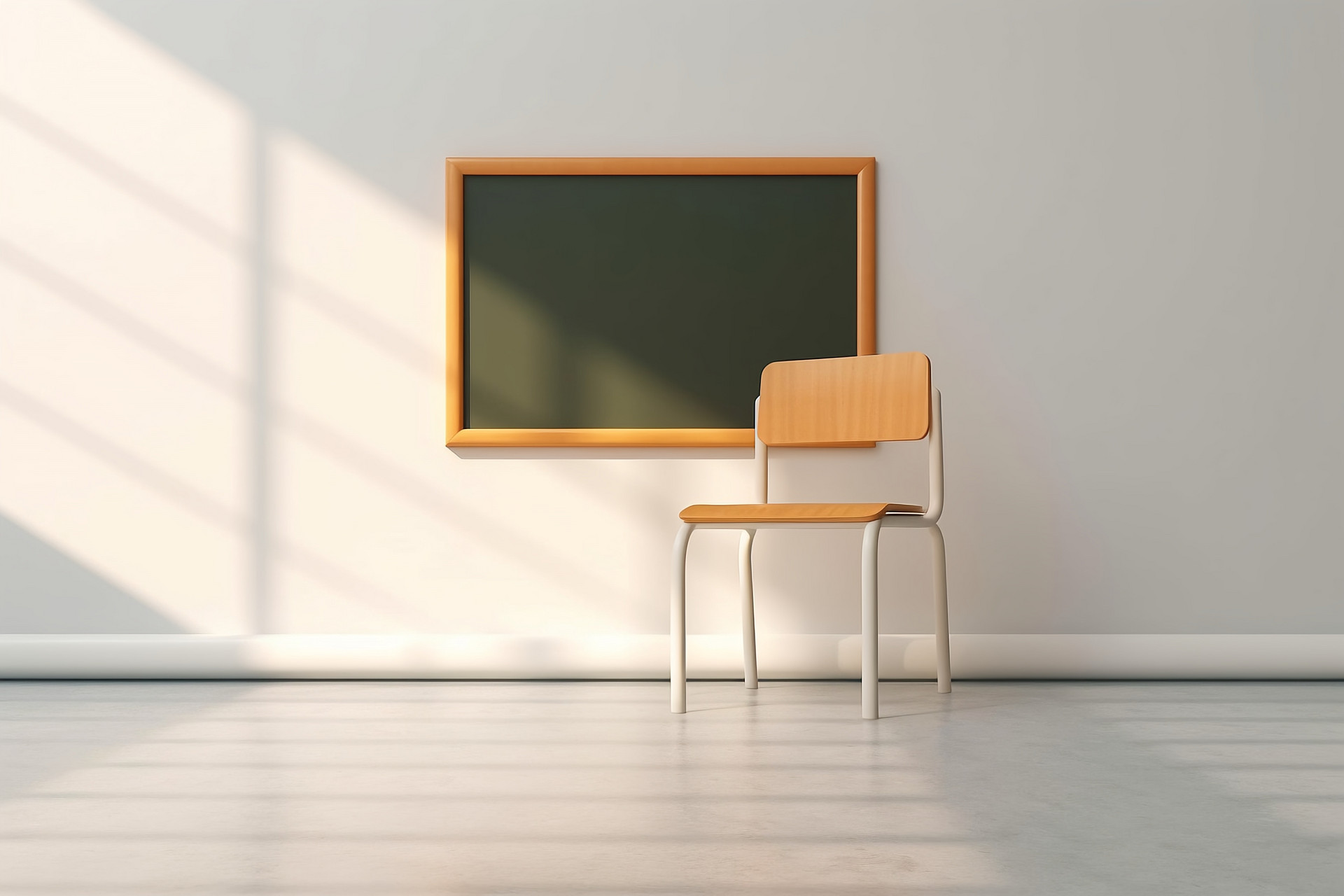Traditional desks and chairs remain ubiquitous fixtures in American classrooms. Typically arranged in rows or clusters, these desks provide individual workspaces for students, while chairs offer ergonomic support during long periods of study. While variations exist, such as adjustable-height desks to accommodate different age groups, the fundamental design of desks and chairs has endured over generations.
An emerging trend in American education is the adoption of flexible seating options aimed at providing students with choice, comfort, and opportunities for movement. Bean bags, floor cushions, standing desks, wobble stools, and balance balls are among the innovative seating solutions increasingly integrated into classrooms. These alternatives promote active learning, improve circulation, and cater to diverse student preferences and learning styles.

Inclusive education is a cornerstone of American schools, driving the adoption of specialized furniture to meet the diverse needs of students. Adjustable desks and chairs cater to students with mobility challenges, while sensory-friendly furniture, such as fidget tools and weighted cushions, supports those with sensory processing differences. Furthermore, dedicated spaces equipped with specialized furniture for art, music, and science laboratories accommodate the specific requirements of these subjects.

The realm of school furniture in the United States is characterized by diversity, innovation, and a commitment to supporting student learning and well-being. From traditional desks and chairs to collaborative seating arrangements, flexible seating options, technology-integrated furniture, and specialized solutions for diverse needs, classrooms are equipped to meet the demands of contemporary education. By embracing evolving trends and pedagogical approaches, American schools strive to create environments conducive to engagement, collaboration, and student success.

